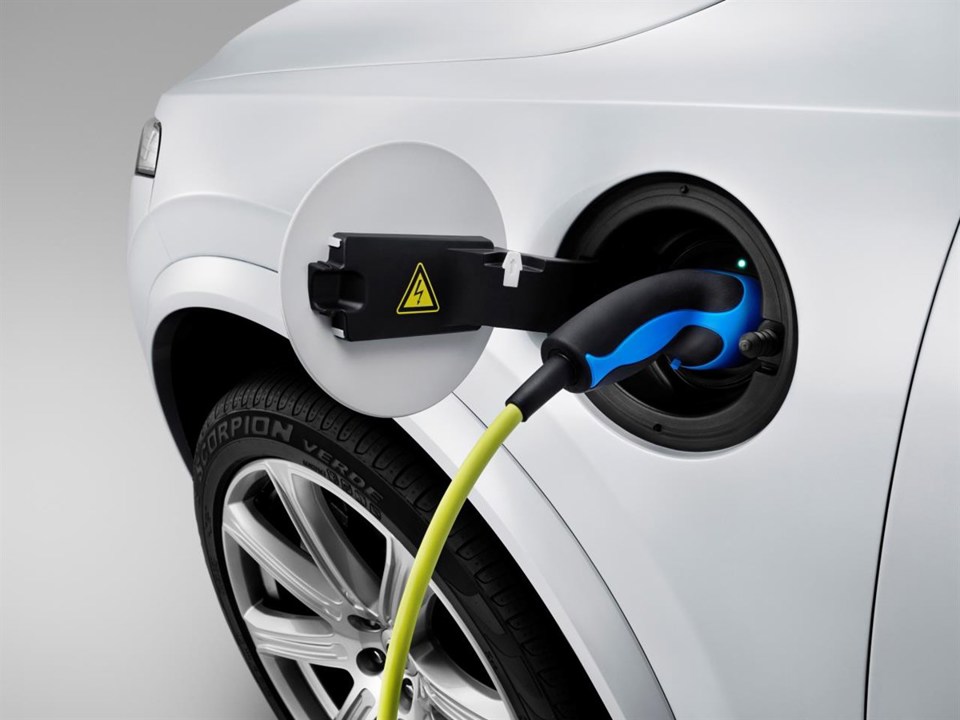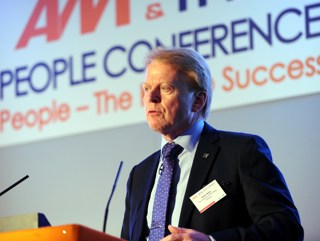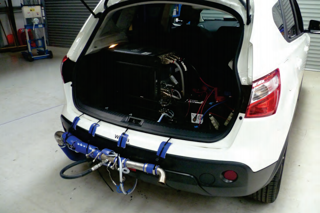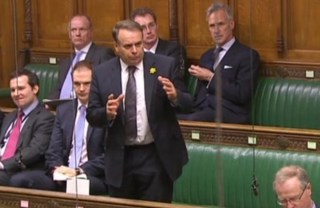The Government has been accused of “passing the buck” to local authorities following the publication of plans to reduce nitrogen dioxide emissions across the UK.
Following its attempted delay of publication of the plans until after the June 8th general election, the Government issued draft plans today (Friday, March 5) which charge local authorities with developing new and creative solutions to reduce emissions as quickly as possible, while “avoiding undue impact on the motorist”.
A "targeted" car scrappage scheme was included as part of the scheme, but features in technical documents supporting the main consultation paper.
The proposed scheme could facilitate the replacement of 15,000 Euro 1-5 diesel cars and Euro 1-3 petrol cars with EVs in 2019 with the help of an £8,000 grant.
Most of the plans under consultation involve in the document revolve around the planning and implementation of a series of Clean Air Zones by local authorities, however.
James Thornton, the chief executive of environmental law firm Client Earth, which forced the Government to re-think its approach to reducing NO2 for a second time in 18 months at the end of last year, said: “The Government seems to be passing the buck to local authorities rather than taking responsibility for this public health emergency.”
Clean Air Zones (CAZs) could see local authorities charge entry to vehicles which fall below minimum emission standards feature in the Government’s plans.
However, the Department for Environment, Food and Rural Affairs (Defra), which has launched a consultation on the plan, says it would prefer local authorities not to charge motorists.
It stated: “Given the potential impacts on individuals and businesses, when considering between equally effective alternatives to deliver compliance, the Government believes that if a local authority can identify measures other than charging zones that are at least as effective at reducing NO2, those measures should be preferred.
“This includes considering all equally effective alternatives to charging zones.”
Previously, the Government had identified five cities – Birmingham, Leeds, Nottingham, Derby and Southampton – where CAZs would need to be introduced.
It still expects these cities to have implemented schemes by 2019, with a view to achieving statutory NO2 limits within “the shortest time possible”, expected to be 2020.
However, a further 36 towns and cities, not including London, have been identified as not meeting legal NO2 limits by 2020 if no additional measures are introduced.
The consultation will run until June 31, with the final plan due to be published by July 31.
Sue Robinson, director of the NFDA, said that it was positive to see that the Government will be consulting on the replacement of older, more polluting vehicles.
She said that implementation of the strategy required “A consistent and coordinated approach, which involves Government, manufacturers and retailers”.
Robinson added: "We are pleased to see that the Government is determined to be at the forefront of vehicle innovation by making motoring cleaner, but it is crucial that consumers continue to receive significant support.
“A clear timeframe of implementation for clean air zones and new policies must be published to ensure businesses and consumers are aware of the changes and able to plan their investments, especially considering that many motorists were previously encouraged to purchase diesel vehicles.
“The NFDA, in its elections manifesto, has called for the Government to commit to a fair and transparent fuel policy which considers the impact of all types of air pollution, expanding beyond private cars, motorcycles and vans. These include other forms of transport, industry and buildings.
“We will be looking closely at the Government’s plan and respond to the consultation. The NFDA is looking forward to engaging with Government and manufacturers to tackle air quality.”



















Login to comment
Comments
No comments have been made yet.